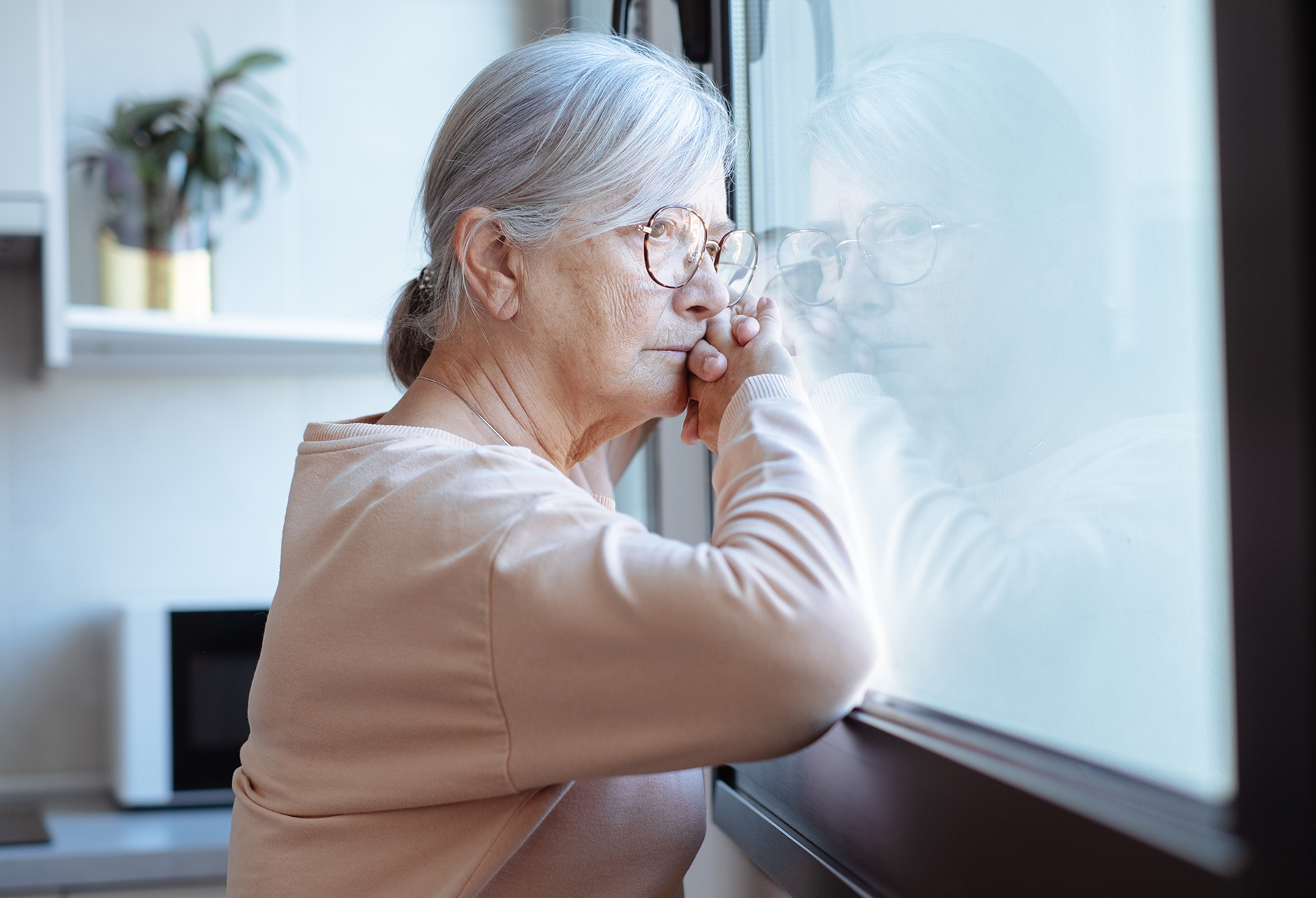
1. Comprehensive Pain Assessment
• Initial Assessment: Conduct thorough pain assessments upon admission using standardized tools like the Numeric Rating Scale (NRS) or the Wong-Baker FACES Pain Rating Scale. Ask for historical information, such as, “What makes pain worse, what makes your pain better, what has worked in the past for relief?”
• Regular Re-assessment: Schedule regular pain reassessments to monitor changes and adjust treatment plans accordingly. Ensure auditing of follow-up to pain medication and non-pharmacological interventions to verify whether the nurse evaluated the effectiveness of the approach. Ensure side-effects of any pain medications are being monitored and pain medications are reviewed for reduction. (Especially if utilizing opiods).
2. Personalized Pain Management Plans
• Individualized Care: Develop personalized pain management plans based on each resident’s medical history, preferences, and pain levels.
• Multimodal Approaches: Use a combination of pharmacological and non-pharmacological interventions to manage pain effectively.
3. Pharmacological Interventions
• Medication Management: Ensure timely administration of pain medications and monitor for effectiveness and side effects.
• Alternative Medications: Consider using non-opioid analgesics and adjuvant medications to manage pain while minimizing the risk of opioid dependence.
4. Non-Pharmacological Interventions
• Physical Therapy: Incorporate physical therapy to help reduce pain through exercises and movement. Ensure to pre-medicate as indicated prior to therapy sessions.
• Complementary Therapies: Use complementary therapies such as massage, acupressure, aromatherapy, and relaxation techniques to alleviate pain.
5. Staff Training and Education
• Pain Management Training: Provide ongoing training for staff on pain assessment and management techniques. Educate on how to monitor and evaluate the effectiveness of a pain management program.
• Communication Skills: Train staff to effectively communicate with residents about their pain and involve them in decision-making. Ask nurses to be specific about how a resident’s pain is rather than a simple “How are you doing?” which a resident may not understand that the nurse is talking about pain rather than a general statement.
6. Resident and Family Engagement
• Education: Educate residents and their families about pain management options and the importance of reporting pain. Rating Scale: Include literature at bedside and educate resident on admission on pain scale. Suggest they participate in tracking of pain medication administration as well.
• Involvement: Involve residents and families in care planning to ensure their preferences and concerns are addressed.
7. Monitoring and Quality Improvement
• Data Analysis: Regularly analyze pain management data from the CMA iQuies quality report to identify trends and areas for improvement.
• Review Timing of MDS Pain Interview: Review what day the pain interview is performed for MDS coding purposes. Pain levels are assessed every shift, but the timing of the MDS interview and training staff on the proper administration of the pain interview are necessary. Look at items for root-cause analysis to determine when the pain is occurring, what is making the pain worse and what is making it better and any notable trends.
• Feedback Mechanisms: Implement feedback mechanisms for residents and families to report their pain management experiences. Consider a customer satisfaction survey on day 3 to ensure they are satisfied with their stay and that pain is not an issue.
8. Collaboration with Healthcare Providers
• Interdisciplinary Approach: Collaborate with physicians, nurses, pharmacists, and other healthcare providers to ensure a comprehensive approach to pain management.
• Timing of Pain Meds: Ensure Nurse know therapy schedule and set timers if need be to offer pain medication 30 minutes prior to therapy session. Offer ice pack and heat as indicated after therapy sessions.
• Specialist Referrals: Refer residents to pain specialists when necessary for advanced pain management.
9. Environment and Comfort
• Comfort Measures: Ensure the environment is conducive to comfort, with appropriate bedding, temperature control, and noise reduction. A simple ask if someone has enough pillows or enough blankets, may help their comfort level. Be creative and experiment with aroma therapy; music and a hand or foot massage are ideas to provide comfort and/or distraction.
• Supportive Care: Provide emotional and psychological support to help residents cope with pain.
10. CMS Regulatory Compliance F697 Pain Management
• Adherence to Guidelines: To evaluate your pain program, refer to F697 in the State Operation Manual and refer to the Pain Surveyor Critical Pathway for guidance.
• Documentation: Maintain accurate and detailed documentation of pain assessments, management plans, and outcomes. Show interdisciplinary coordination of care through resident-centered care planning.
By implementing these strategies, you can help minimize high pain scores in short-stay residents, improve their quality of life, and enhance your facility’s CMS 5-star rating.
Michelle Stober, RN, BSN, CEO
For more information contact
consult@srcaresolutions.net





















